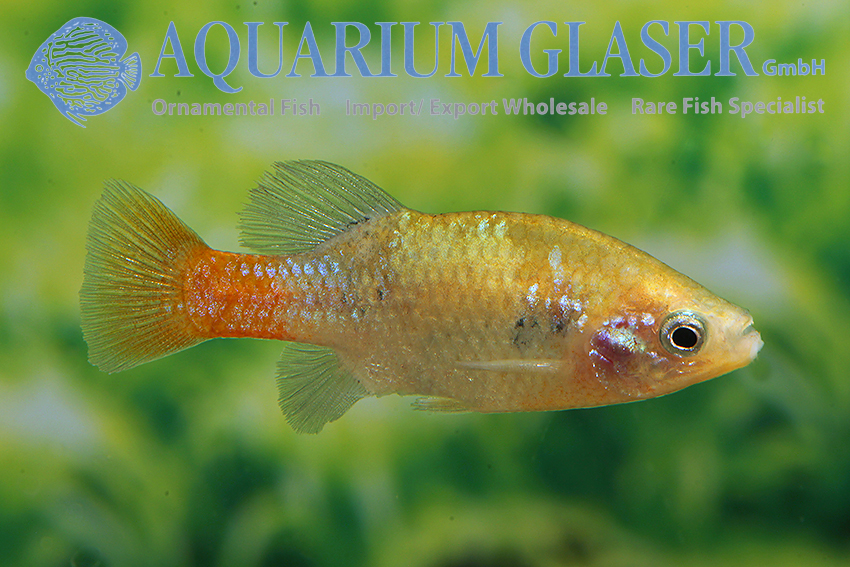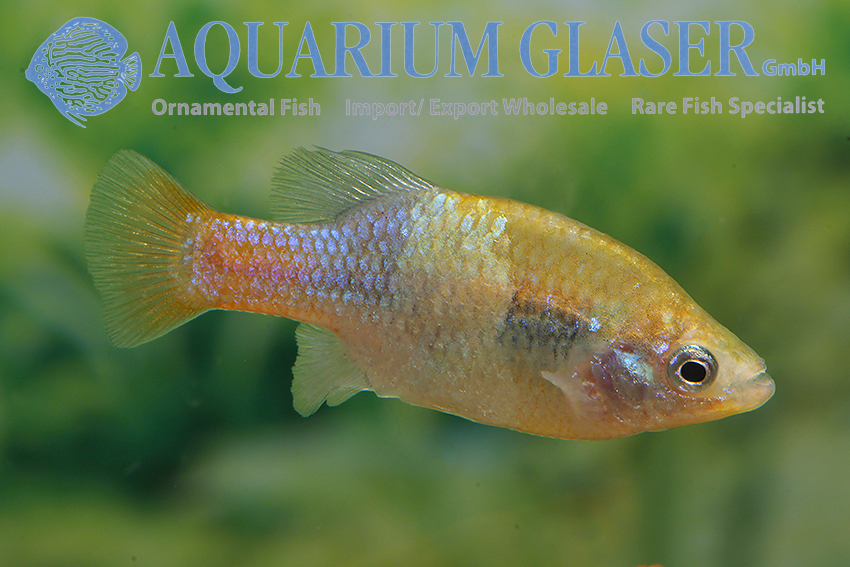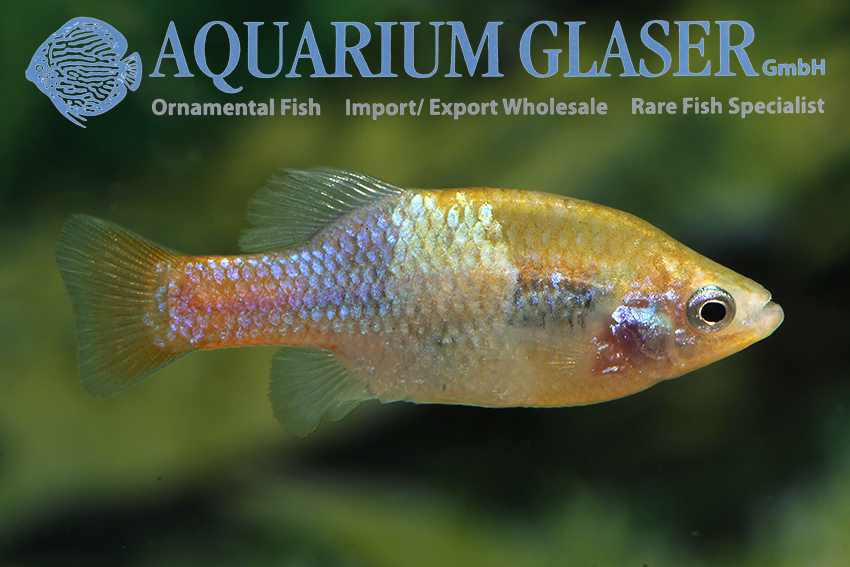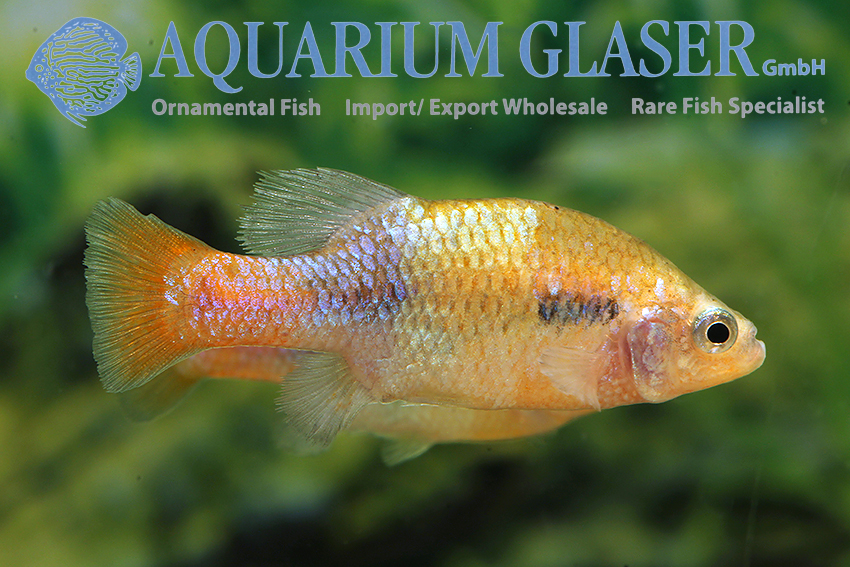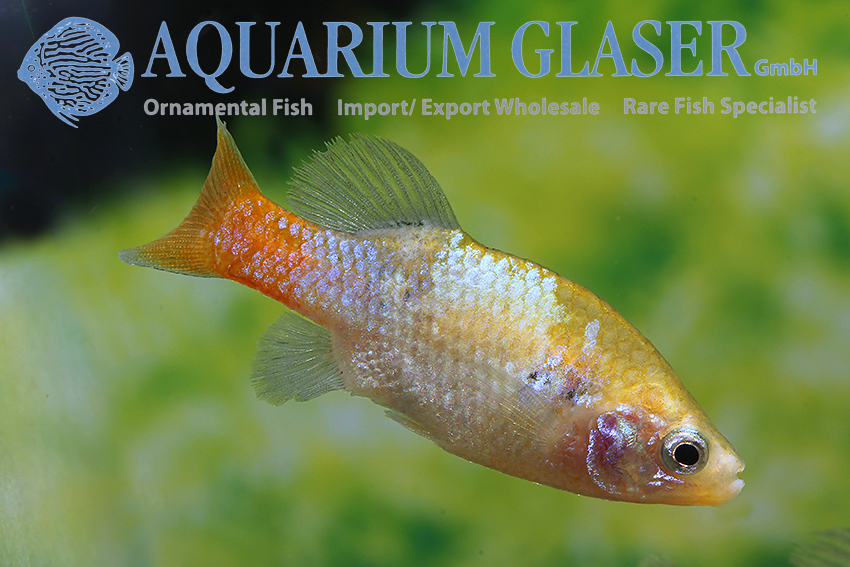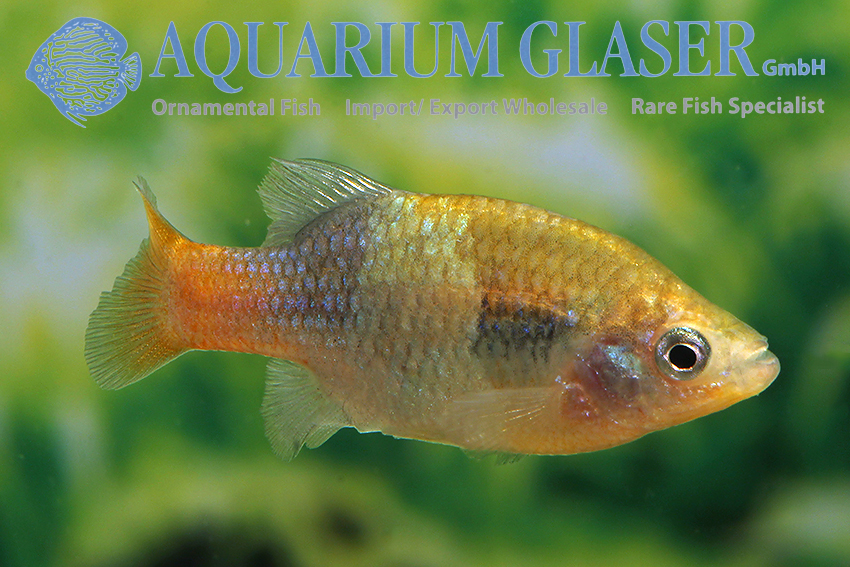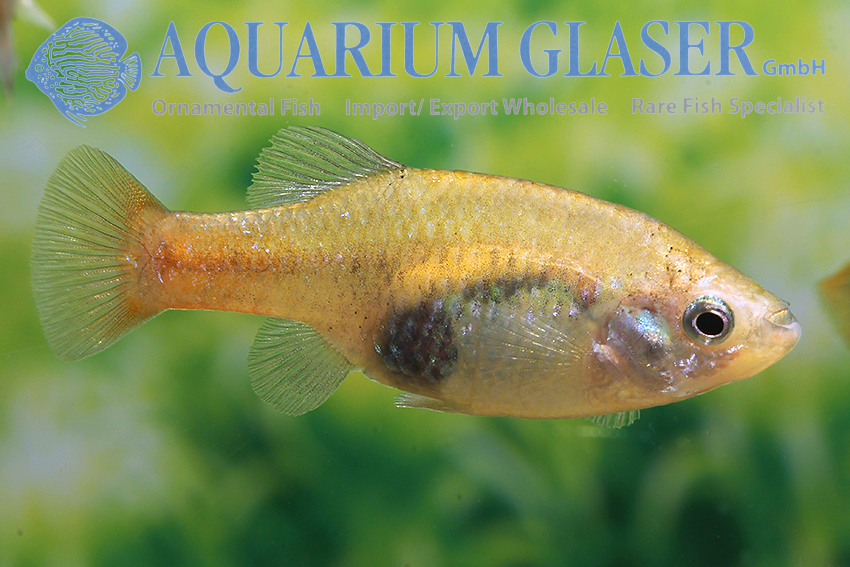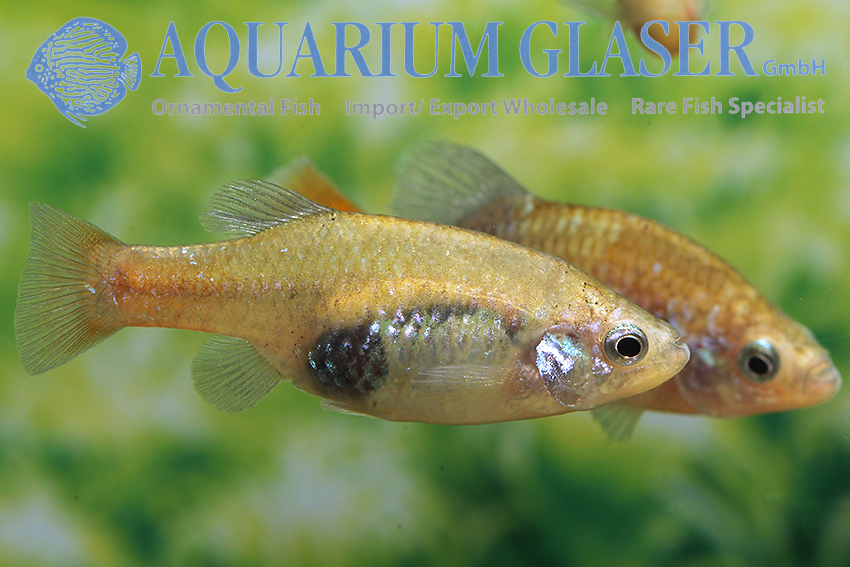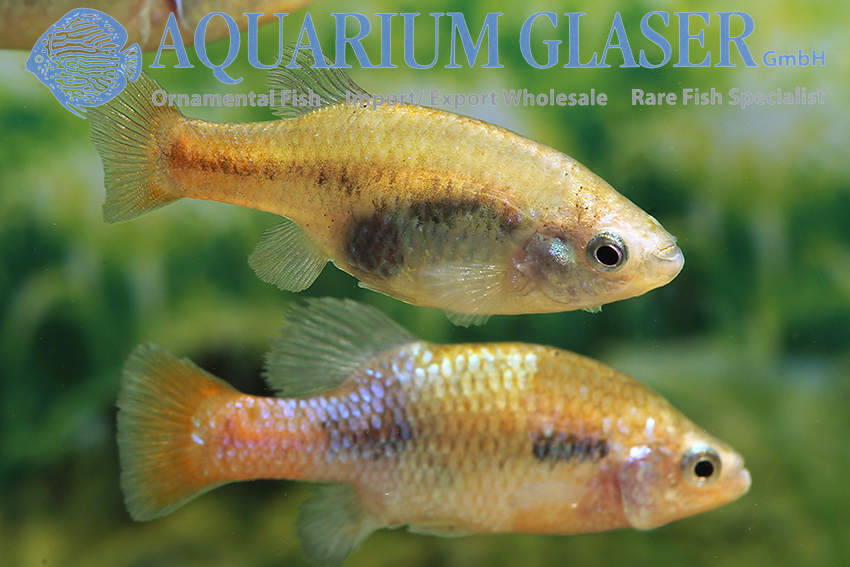In the past, this particularly pretty goodeid (Xenotoca doadrioi) was known as “Xentotoca eiseni San Marcos”. Unfortunately, the species, which was only “officially” described as a distinct species in 2016, is highly endangered. More than 50% of the originally known populations have already disappeared, with the rest showing a steady downward trend. The causes are always the same: Water pollution by agriculture and high competitive pressure from alien fish (Pseudoxiphophorus bimaculatus and Tilapia), which also cope with the changed environmental conditions much better than X. doadrioi. Catching them for aquarium maintenance has no effect on wild populations. All specimens represented in the hobby are also offspring.
We have now once again Xenotoca doadrioi in stock, so that every aquarist who wants to do some species conservation at home can do so. This is an exceptionally colorful strain, even the females have some red in their caudal peduncles! Care and breeding are not difficult. One pays attention with these animals to as little as possible loaded water with good current, middle hardness degrees and a stable pH value, best around 7,5-8. Generous (60-70% of the tank contents) water changes do the animals very well. They will eat any common ornamental fish food, but green food should make up a good portion. This can be given either in the form of special vegetable flake food or in the form of scalded lettuce leaves, dandelion leaves, chickweed or similar. The fish are viviparous. At birth, the young still have the strange “nutrient cords” (trophotaenia) on their abdomens, which supply nutrients to the embryo in the womb, much like the umbilical cord in mammals. Xenotoca are very lively fish that thrive best in large aquariums. Temperature should vary throughout the year. It is important to have some kind of “winter break” at water temperatures of 17-20°C. The temperature should not rise above 25°C permanently. Keeping them outdoors during the warm months, when there is no fear of the temperature dropping below 17°C, is very good for the health of these fish.
We have posted a small film showing our animals: https://www.facebook.com/AquariumGlaser/videos/583392523143542.
For our customers: the animals have code 476513 on our stocklist. Please note that we supply only wholesale.
Text & photos: Frank Schäfer





